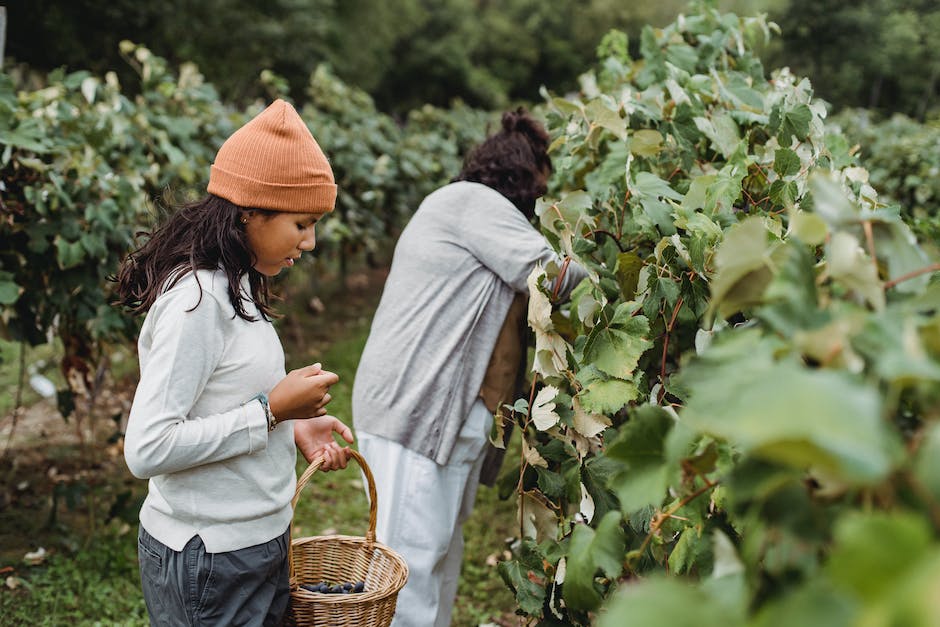The art of cannabis cultivation goes beyond simply planting a seed and hoping for the best. To achieve optimum results in terms of quality and yield, growers must employ a series of techniques that involve nurturing the plant from its earliest stages all the way through to harvest. Pruning, training, and maximizing yields are the three essential components of this cultivation trilogy.
Pruning is a critical process that involves selectively removing specific parts of the plant to enhance its overall structure and development. By carefully removing unwanted leaves, branches, and nodes, growers create a more efficient distribution of nutrients, light, and air within the plant. This practice not only encourages healthier growth but also improves access to the buds, ultimately leading to higher yields.
Training, on the other hand, is a technique aimed at manipulating the plant’s growth patterns to optimize bud production. By gently bending or tying down the branches, growers can encourage lateral growth and the formation of multiple colas. This practice allows for increased light exposure to lower-lying branches, ensuring that all parts of the plant receive an equal share of light and nutrients, resulting in more robust and evenly sized buds.
Maximizing yields is the ultimate goal of every cannabis cultivator. Through a combination of pruning and training, growers can create a plant that is not only structurally sound but also capable of producing an abundance of high-quality buds. By carefully monitoring and adjusting environmental factors such as light intensity, nutrient levels, and humidity, cultivators can further enhance the plant’s overall health and productivity.
In the following sections of this blog post, we will delve deeper into each component of this cultivation trilogy. We will explore different pruning techniques, various training methods, and strategies for maximizing yields. Whether you are a seasoned cultivator looking to refine your techniques or a beginner eager to learn, this guide will provide you with invaluable insights to help you achieve the best possible results in your cannabis cultivation journey. So, let’s dive in and unlock the secrets of successful pruning, training, and maximizing yields in cannabis cultivation.
Understanding the different growth stages of cannabis plants (breakdown the lifecycle from seedling to harvest)
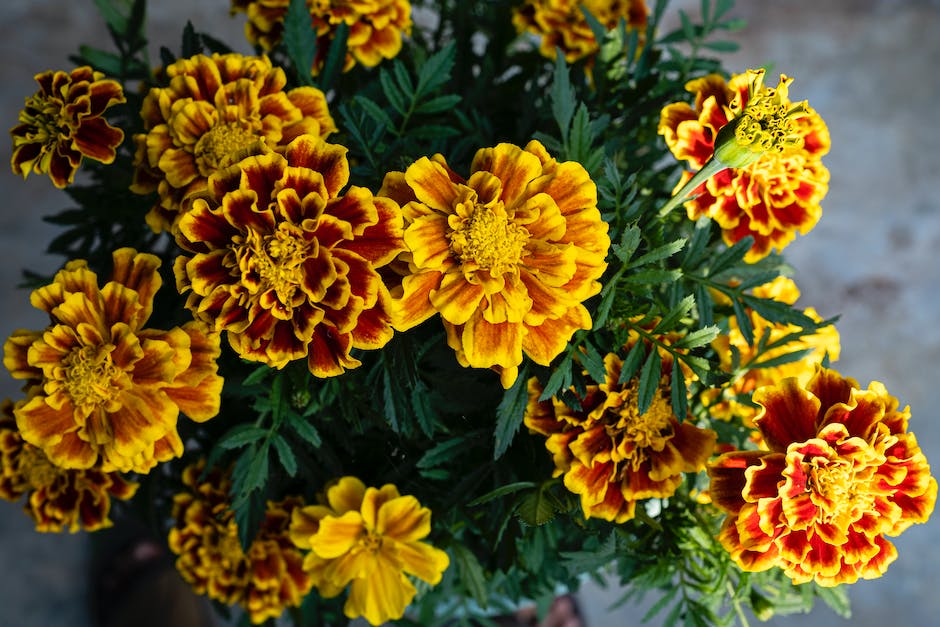
Understanding the different growth stages of cannabis plants is essential for any cannabis cultivator looking to maximize yields. From the moment a seed is planted to the final harvest, each stage in the lifecycle of a cannabis plant plays a crucial role in its overall development and ultimately, the quality and quantity of the final product.
1. Seedling Stage:
At this stage, the cannabis plant emerges from its seed and begins to establish its root system. Seedlings require a controlled environment with sufficient humidity, gentle lighting, and proper nutrition to thrive. This early phase is critical for nurturing healthy plants that will go on to produce abundant harvests. During the seedling stage, it is important to closely monitor the plants for any signs of nutrient deficiencies or diseases to address them promptly and ensure optimal growth.
2. Vegetative Stage:
Once the seedlings have developed into sturdy plants with numerous sets of leaves, they enter the vegetative stage. This phase is characterized by rapid growth and the development of robust branches and stems. During the vegetative stage, cannabis plants require ample light, nutrients, and the appropriate amount of water to encourage healthy foliage growth. It is also during this phase that growers may employ training techniques such as topping, pruning, and low-stress training to shape the plant and optimize its structure for better light penetration and increased bud production.
3. Flowering Stage:
The flowering stage is the most exciting stage for cannabis cultivators as it is when the plants transition into producing buds. This phase is triggered by changes in the light cycle, simulating the transition from longer summer days to shorter fall days. During this period, cannabis plants shift their focus from vegetative growth to flower production. The plants require specific light cycles and nutrients to support the development of dense and resinous buds. It is crucial to maintain the ideal temperature and humidity levels, as well as monitor for pests and diseases that could harm the flowering plants and impact the final yield.
4. Harvest:
The final stage of the cannabis plant’s lifecycle is the harvest. Timing the harvest correctly is essential as it affects the potency, flavor, and overall quality of the product. Harvesting too early or too late can significantly impact the desired results. Proper harvesting techniques involve carefully trimming the plants, removing the leaves, and curing the buds to enhance their aroma, flavor, and smoothness. This stage requires attention to detail and a thorough understanding of the desired final product.
By understanding and effectively managing each growth stage in the lifecycle of a cannabis plant, cultivators can maximize yields and produce high-quality cannabis products. Implementing proper care, utilizing trained techniques, and maintaining a healthy environment throughout the various stages are key to growing successful cannabis crops.
Leaf management: Types and benefits of pruning techniques (discuss the different methods of leaf removal for various purposes)
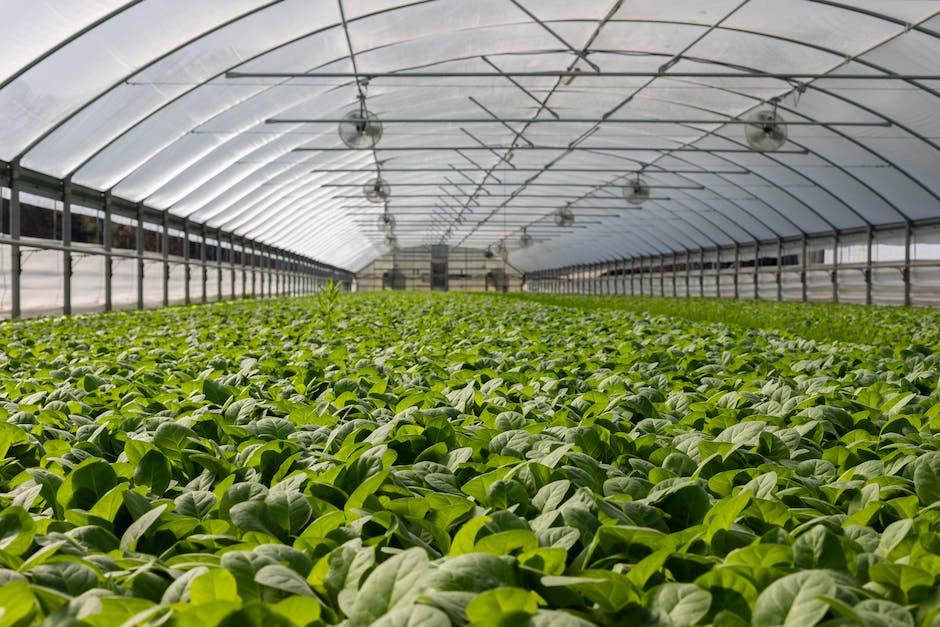
Leaf Management: Types and Benefits of Pruning Techniques
In cannabis cultivation, leaf management plays a crucial role in promoting healthy growth and maximizing yields. By utilizing various pruning techniques, cultivators can shape the plant’s growth, control its size, optimize light penetration, and ultimately enhance the overall quality of the harvest. Let’s explore some common types of pruning techniques and their benefits:
1. Topping:
Topping is a widely-used technique that involves removing the top part of the main stem, typically during the vegetative stage. This forces the plant to redirect its growth energy to the side branches, creating a bushier plant with multiple colas. Topping not only helps control the plant’s height but also promotes more even bud development and increased yields.
2. FIMming:
Similar to topping, FIMming (short for “Fuck, I Missed”) involves removing a portion of the uppermost growth but leaving a few leaves intact. This technique stimulates the plant to develop multiple new branches, resulting in increased bud sites. FIMming is known to enhance bud production and create denser, more compact colas.
3. Lollipopping:
Lollipopping is the strategic removal of lower branches and foliage that receive minimal light and are unlikely to produce substantial buds. By cleaning up the lower portion of the plant, cultivators can redirect the plant’s resources towards the upper canopy, where the most productive and desirable buds are formed. Lollipopping improves airflow, reduces the risk of mold or mildew, and encourages more vigorous growth in the upper part of the plant.
4. Defoliation:
Defoliation involves the selective removal of fan leaves during the flowering stage. This tactic aims to increase light penetration to lower bud sites and enhance airflow around the plant. By carefully removing larger fan leaves that block light, cultivators can expose hidden bud sites and improve overall bud development. However, it is important to strike a balance and not over-defoliate, as the plant still relies on leaves for photosynthesis and nutrient absorption.
5. Tucking and supercropping:
Tucking involves gently bending and securing branches to open up the plant canopy, exposing more bud sites to light. This technique can be particularly useful when dealing with crowded or overgrown plants. Supercropping, on the other hand, involves carefully bending or stressing branches to create more space between buds and promote lateral growth. Both techniques encourage even light distribution and help maximize yields in cannabis cultivation.
Each pruning technique offers unique benefits, and the choice of which method to employ depends on various factors such as strain, growth stage, and cultivation goals. Experimentation and observation are key in determining the most effective pruning techniques for your specific cannabis garden. Remember to always exercise caution and monitor the plant’s response to ensure a successful pruning and training regimen.
In the next section, we will delve into the art of training cannabis plants to optimize growth and yield.
Techniques for pruning cannabis plants (provide step-by-step instructions for main pruning techniques)
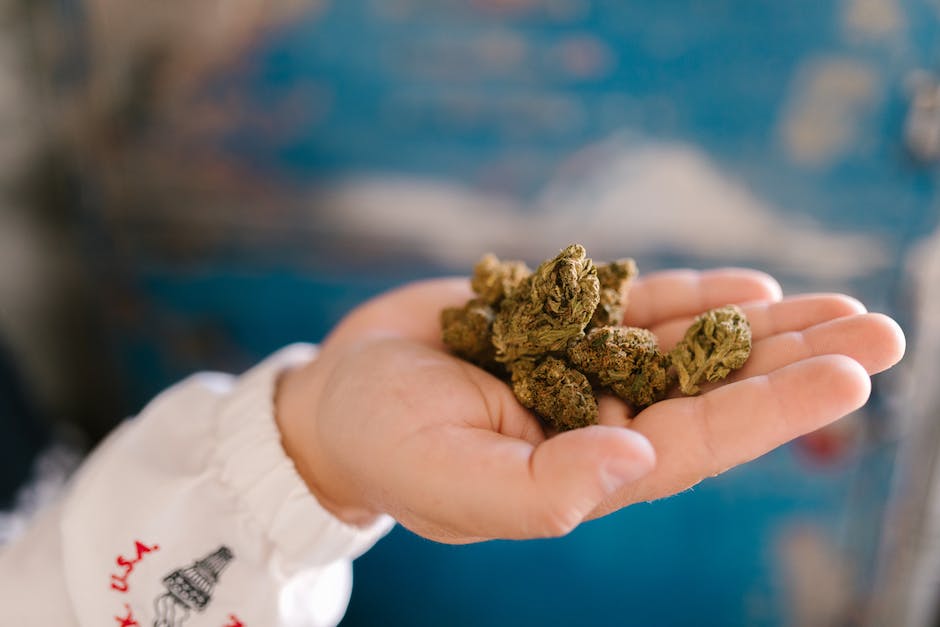
Techniques for Pruning Cannabis Plants
Pruning is an essential practice in cannabis cultivation that promotes healthy growth, increased yields, and overall plant vigor. By selectively removing certain parts of the plant, you can shape its structure, enhance light penetration, and redirect its energy towards bud production. Here, we will guide you through the main pruning techniques step-by-step to help you optimize your cannabis plants’ growth and maximize your yields.
Step 1: Remove Lower Foliage
Start by removing any lower foliage that receives minimal light or is touching the soil. These leaves tend to steal valuable nutrients from the rest of the plant and can become a breeding ground for pests and diseases. Gently pluck off any yellowed or damaged leaves and prune branches without bud sites.
Step 2: Topping
Topping is a technique that involves cutting off the upper main stem just above a node where new branches will emerge. This encourages the plant to develop multiple colas instead of a single dominant one. To execute this, identify a healthy node below the tip of the plant, approximately 5-6 nodes down from the top. Using sterile pruning shears, make a clean diagonal cut just above this node and remove the upper part.
Step 3: FIMing
Similar to topping, FIMing or “Fuck, I Missed” involves pinching or cutting off the top growth of the plant, but leaving a portion behind. This technique stimulates the growth of multiple shoots, although it requires a bit more precision. Locate the newest growth node that is still forming and snip just above it, ensuring you leave about 20-25% of the node’s tip intact.
Step 4: LST (Low-Stress Training)
LST is a technique used to bend and manipulate the branches of your cannabis plants to create a more even canopy. This allows for better light exposure throughout the plant, leading to increased bud development. Use plant ties or soft wires to gently pull down branches that are higher than the rest, creating a more level structure. Be cautious not to stress or break the branches when performing LST.
Step 5: Defoliation
Defoliation is the process of selectively removing larger fan leaves to improve light penetration and airflow. It is typically done during the early flowering stage when the plant has an abundance of foliage. However, be careful not to remove too many leaves that can potentially harm the plant’s ability to photosynthesize and produce energy. Focus on removing leaves that block bud sites or shade lower branches.
Remember, it’s important to assess each plant individually while considering its health, genetics, and growth stage before employing these pruning techniques. Regular monitoring and adjusting your techniques accordingly will help you achieve the desired results in maximizing your cannabis plant’s yield and overall health.
Bud development and training: Importance and methods (highlight the significance of training techniques for maximizing bud production)
Proper bud development and training techniques are essential for cannabis cultivation in order to maximize yields. By understanding the importance of training methods, cannabis growers can encourage robust bud growth and increase their overall production. Training techniques involve manipulating the growth patterns of cannabis plants to ensure even light distribution, increased airflow, and better bud formation.
One of the primary reasons for training cannabis plants is to create a more uniform canopy, allowing light to penetrate evenly throughout the entire plant. When light is evenly distributed, bud sites receive an adequate amount of light energy, leading to improved photosynthesis and bud development. By using training techniques such as topping, pruning, and low-stress training (LST), growers can selectively remove or bend branches to create an even canopy.
Additionally, by manipulating the growth patterns, training techniques can also increase airflow within the canopy. Adequate air circulation prevents the accumulation of moisture and reduces the risk of mold or fungal growth, which can severely impact bud quality and overall yields. Proper airflow facilitates transpiration, ensuring that plants receive a sufficient supply of carbon dioxide and nutrients, resulting in healthier, more robust buds.
Training techniques can also influence bud production by encouraging the plant to focus its energy on developing larger, denser buds. By utilizing strategies such as mainlining, super cropping, or scrogging (screen of green), growers can redirect the plant’s resources towards key bud sites. This allows buds to develop more fully, promoting higher THC and cannabinoid content, as well as enhancing the overall yield of the harvest.
It’s important to note that each cannabis strain may respond differently to various training methods, so growers should consider the specific requirements of their chosen strain. Careful observation and understanding of the plant’s growth pattern will help determine the most effective training techniques to implement.
In conclusion, bud development and training techniques play a vital role in maximizing yields in cannabis cultivation. By employing methods that encourage even light distribution, increase airflow, and redirect the plant’s energy towards key bud sites, growers can enhance the overall quality and quantity of their harvest. With proper training practices, cannabis cultivators can achieve bountiful yields and uphold their professional standards in the competitive cannabis market.
Topping and FIMming: Detailed explanations and benefits (explain the benefits and how-to of topping and FIMming)
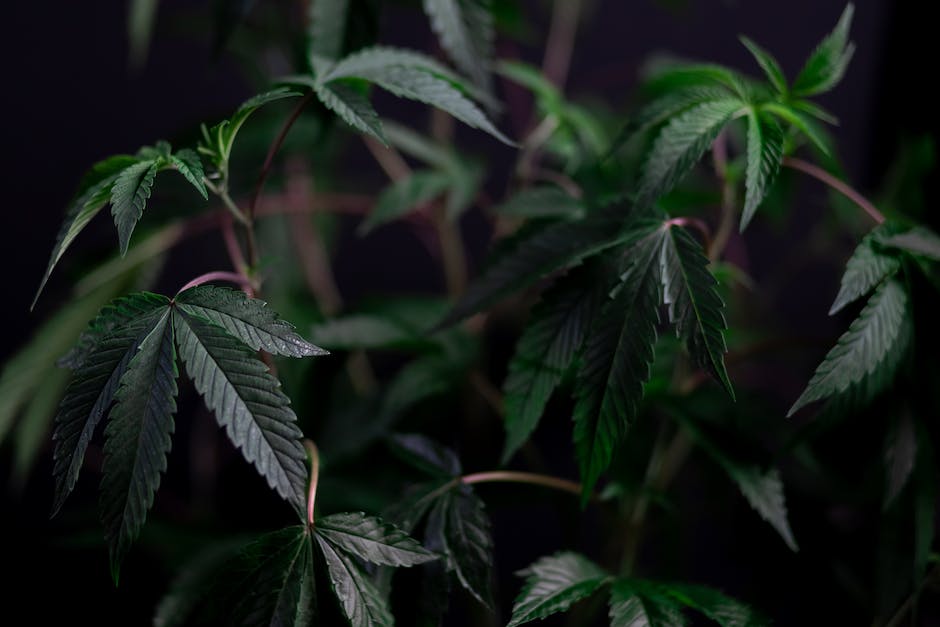
Topping and FIMming: Detailed explanations and benefits
In the world of cannabis cultivation, mastering the art of pruning and training techniques is crucial for maximizing yields and achieving optimal plant health. Two popular methods that experienced growers often employ are topping and FIMming. These techniques involve strategically removing certain parts of the plant to promote lateral growth and improve overall yields. Below, we delve into the details and benefits of topping and FIMming, shedding light on how they can be effective tools in your cannabis cultivation toolbox.
Topping:
Topping is a technique that involves removing the topmost growth tip of the main stem, typically during the early vegetative stage of plant growth. By eliminating the apex, growers encourage the plant to produce two new branches, effectively splitting the main stem into a “Y” shape. This process stimulates the plant to allocate its energy and resources towards lateral growth, resulting in the development of multiple colas rather than a single dominant one.
Benefits of Topping:
1. Increased branch development: Topping promotes the growth of multiple lateral branches, allowing for more sites where buds can develop. This creates a fuller and bushier plant structure, maximizing the potential for a larger harvest.
2. Improved light penetration: By creating a more open canopy through topping, light can reach lower parts of the plant more effectively. This ensures that all buds receive an adequate amount of light, reducing the risk of underdeveloped or shaded buds.
3. Enhanced bud size and density: With more branches and colas evenly distributed, the plant can produce larger and denser buds. Topping encourages the development of multiple dominant colas, each capable of yielding significant quantities of high-quality cannabis.
4. Height control: Topping a cannabis plant helps manage its height, making it suitable for indoor cultivation or limiting it in outdoor settings where height restrictions may apply. This allows growers to create a uniform canopy and facilitate easier maintenance and harvesting.
FIMming:
FIMming, short for “Fuck, I Missed,” is a technique similar to topping. However, instead of removing the entire top growth tip, FIMming involves pinching or cutting off a portion of it. The idea is to damage the apical meristem, the area responsible for vertical growth, without removing it entirely. This results in the development of four or more additional branches, as opposed to the two produced by topping.
Benefits of FIMming:
1. Increased branching: Like topping, FIMming encourages the growth of multiple branches, ultimately leading to a more productive plant. The additional branches contribute to an overall increase in bud sites and better light distribution throughout the plant.
2. Quick recovery: FIMming is a less invasive technique compared to topping, as it involves minimal stress on the plant. This allows for quicker recovery and reduces the risk of stunted growth or shock.
3. Improved yield potential: By stimulating lateral growth and encouraging the development of additional branches, FIMming gives rise to more substantial yields. The increased number of colas and flowering sites significantly enhances the overall harvest.
4. Enhanced training capabilities: FIMmed plants often display bushier and more robust growth patterns, making them ideal candidates for further training techniques like low-stress training (LST) or scrogging. This versatility enables growers to further manipulate the plant, maximizing their control over its form and yields.
Both topping and FIMming are valuable techniques for cannabis cultivation. By employing these practices, growers can shape their plants to optimize light exposure, achieve bushier growth, and ultimately increase the yield potential. However, it is essential to remember that timing and careful execution play vital roles in ensuring successful results without causing undue stress to the plant. With practice and experience, mastering these pruning and training techniques can contribute significantly to your success in cannabis cultivation.
LST (Low Stress Training) techniques: Promoting bigger yields (describe how LST encourages lateral growth and increases yields)
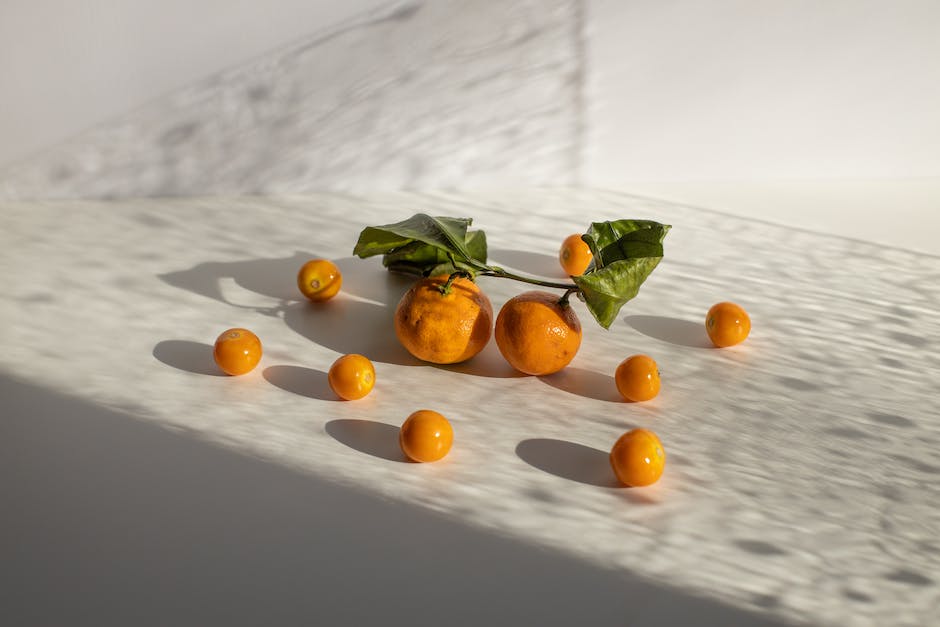
Low Stress Training (LST) – Promoting Bigger Yields
When it comes to maximizing yields in cannabis cultivation, implementing proper training techniques is crucial. Among these techniques, one method stands out for its effectiveness in encouraging lateral growth and ultimately increasing yields: Low Stress Training (LST).
LST involves gently bending and securing the branches of your cannabis plants to create a more even canopy. By manipulating the natural growth pattern, LST encourages the plant to redistribute energy towards lateral growth instead of focusing only on vertical growth. This process allows for more light penetration deep into the plant, resulting in the development of multiple budding sites.
The primary goal of LST is to ensure that each bud site receives an optimal amount of light, air, and nutrients. By spreading out the plant’s development horizontally, LST fosters a healthier and more productive structure. This technique not only helps to prevent the dominance of the main cola but also promotes the growth of secondary branches, thereby increasing the overall number of flowering sites.
As the lateral branches receive ample exposure to light, they develop into substantial colas themselves, contributing to a significant boost in your final yields. With more evenly distributed buds, you can anticipate a higher yield potential per square foot.
Implementing LST in your cannabis garden requires some basic tools, such as soft plant ties or training wires for gently bending and securing the branches. It is essential to begin the training process during the vegetative stage when the branches are still pliable and can be maneuvered easily. Be sure to monitor the plants closely to prevent any damage or stress during the training process.
Remember, LST is a low-stress technique, meaning that it does not involve harsh manipulation or removal of plant parts. By patiently and carefully guiding the branches, you can achieve optimal results without overwhelming the plant or inhibiting its overall health.
In conclusion, embracing Low Stress Training in your cannabis cultivation practices is a powerful way to maximize your yields. By encouraging lateral growth and expanding the number of flowering sites, LST ensures that each bud receives adequate light and nourishment. With a well-executed LST technique, you can transform your cannabis garden into a bountiful haven, reaping the rewards of a larger harvest.
SCROG (Screen of Green) method: Boosting harvested quantities (explore the benefits and step-by-step guide for setting up a SCROG screen)
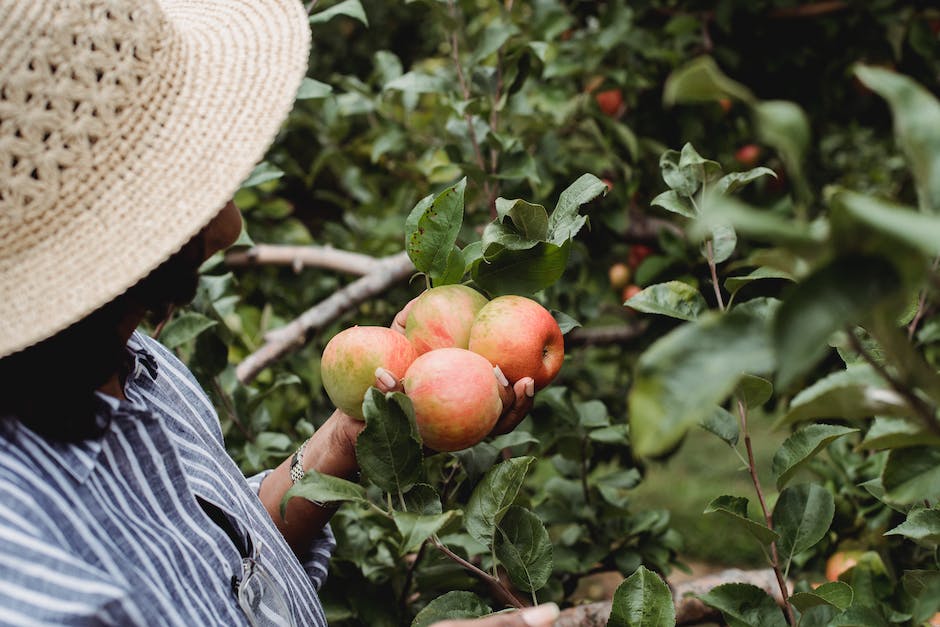
The SCROG (Screen of Green) method is a highly effective technique for boosting harvested quantities in cannabis cultivation. By using a screen or net to train the plants, growers can ensure even distribution of light and maximize the production of bud sites. This method not only increases yields but also improves the overall quality of the harvest.
Setting up a SCROG screen requires careful planning and attention to detail. Here is a step-by-step guide to help you get started:
1. Determine the appropriate screen height: The first step is to decide how high you want your screen to be from the base of your plants. This will depend on the strain’s natural height and the space available. Typically, a screen height of around 12-18 inches is recommended.
2. Install the screen: Secure the screen horizontally above the plants, making sure it is level and stable. It should be strong enough to support the weight of the plants and their developing buds. Mesh screens or trellis netting are commonly used for this purpose.
3. Begin the training process: Once the screen is in place, gently pull the branches of the plants through the holes or openings in the screen. This encourages lateral growth and creates an even canopy of bud sites.
4. Regular maintenance and pruning: As your plants grow, continue to guide the branches through the screen, weaving them in and out to create an even canopy. This will help fill any empty spaces and promote uniform growth. It is also important to regularly prune any unnecessary or low-quality branches to redirect the plant’s energy towards the main colas.
5. Monitor and adjust: Keep a close eye on the plants as they develop and adjust the position of the branches as necessary. This ensures proper light distribution and prevents any overcrowding, which can lead to mold or mildew issues.
The benefits of using the SCROG method are numerous. By training the plants to grow horizontally and creating an even canopy, growers can achieve a more efficient use of light, resulting in improved photosynthesis and increased bud development. Additionally, this technique allows for better airflow and reduces the risk of pests or diseases.
In conclusion, employing the SCROG method in cannabis cultivation is a valuable technique for maximizing yields and enhancing the quality of the harvest. By carefully setting up the screen and guiding the plants, growers can achieve a more abundant and potent crop. Incorporate this method into your cultivation practices to unlock the full potential of your cannabis plants.
Timing and frequency of pruning and training: Dos and Don’ts (discuss when and how often to implement pruning and training techniques)
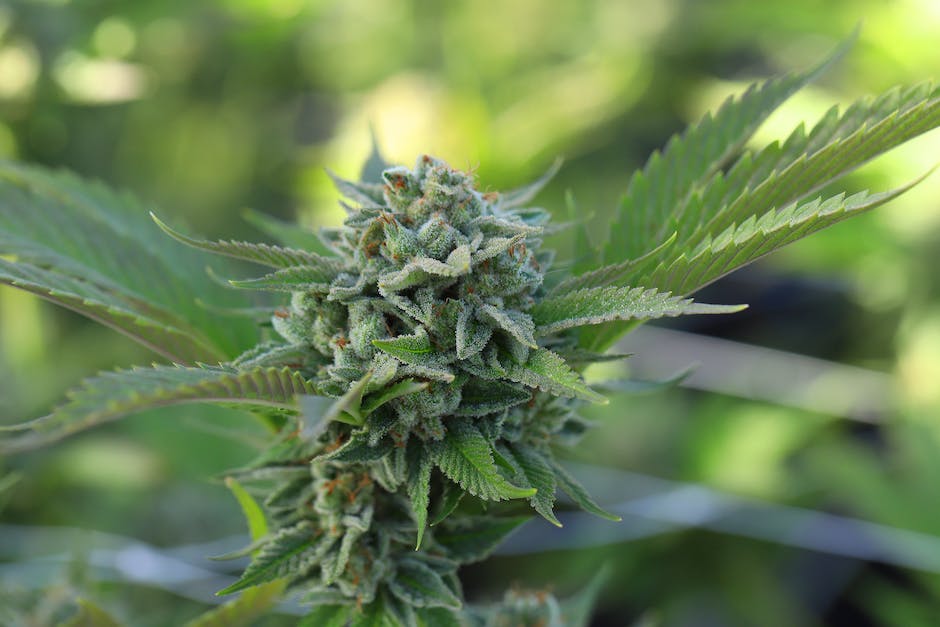
Pruning and training techniques are integral to maximizing yields and ensuring healthy cannabis growth. However, timing and frequency play a crucial role in the success of these practices. By understanding the dos and don’ts of when and how often to implement pruning and training techniques, cannabis cultivators can optimize their yields and cultivate healthier plants.
Timing is everything when it comes to pruning and training cannabis plants. While it may be tempting to start pruning or training as soon as the plants have grown a few inches, it is important to wait until they have reached a certain stage of growth. Typically, pruning and training should begin during the vegetative stage when the plants are actively growing and expanding. This stage lasts anywhere from 3 to 8 weeks, depending on the strain and growing conditions. Waiting until this stage ensures that the plants have enough foliage and energy reserves to recover and continue growing.
When it comes to the frequency of pruning and training, a balanced approach is key. Too much pruning or training can shock the plants and hinder their growth, while neglecting these practices can lead to overcrowding, reduced air circulation, and decreased light penetration. It is generally recommended to prune and train cannabis plants every few weeks throughout the vegetative stage, ensuring that each intervention allows the plants enough time to recover before the next round.
While pruning involves selectively removing certain parts of the plant such as fan leaves and lower branches, training focuses on bending and tying down the branches to create a more even canopy. Both techniques should be implemented gradually and gently to prevent excessive stress. It is essential to observe the plants closely during and after pruning or training to gauge their response and adjust the techniques accordingly.
To maintain a healthy balance, it is important to avoid excessive pruning or training during the flowering stage. Cannabis plants require their foliage during this stage to produce energy through photosynthesis, which is essential for bud development. While some maintenance pruning may be necessary, it is vital to focus on correcting any issues rather than aggressive pruning.
In conclusion, timing and frequency are critical factors when it comes to pruning and training cannabis plants. Waiting for the appropriate growth stage and implementing a balanced approach throughout the vegetative stage is essential for maximizing yields and maintaining plant health. Careful observation and adjustment of techniques will ensure that the plants respond favorably and continue to thrive. By following these dos and don’ts, cannabis cultivators can achieve a bountiful harvest while upholding the professional standards of their cultivation practices.

